-
Welcome to Tacoma World!
You are currently viewing as a guest! To get full-access, you need to register for a FREE account.
As a registered member, you’ll be able to:- Participate in all Tacoma discussion topics
- Communicate privately with other Tacoma owners from around the world
- Post your own photos in our Members Gallery
- Access all special features of the site
Everything You Always Wanted About Lower Ball Joint Bolts
Discussion in '1st Gen. Tacomas (1995-2004)' started by SpikerEng, Jul 21, 2022.
Page 2 of 11
Page 2 of 11


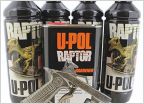 Spray Bed liner
Spray Bed liner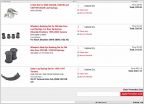 Replacing Leaf Springs on my 96 4x4 2.7L
Replacing Leaf Springs on my 96 4x4 2.7L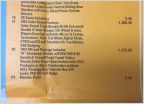 Fan Clutch & Transmission Cooler Add-on
Fan Clutch & Transmission Cooler Add-on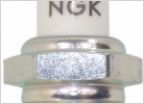 Denso Spark Plugs
Denso Spark Plugs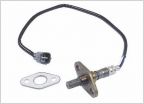 Help with magnaflow
Help with magnaflow

